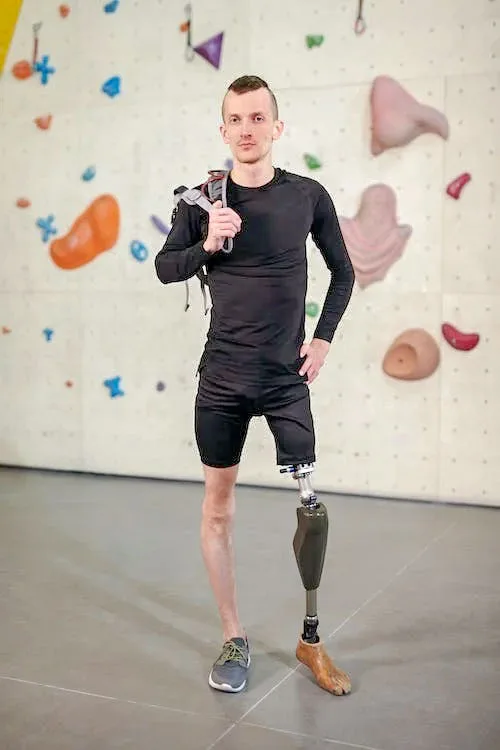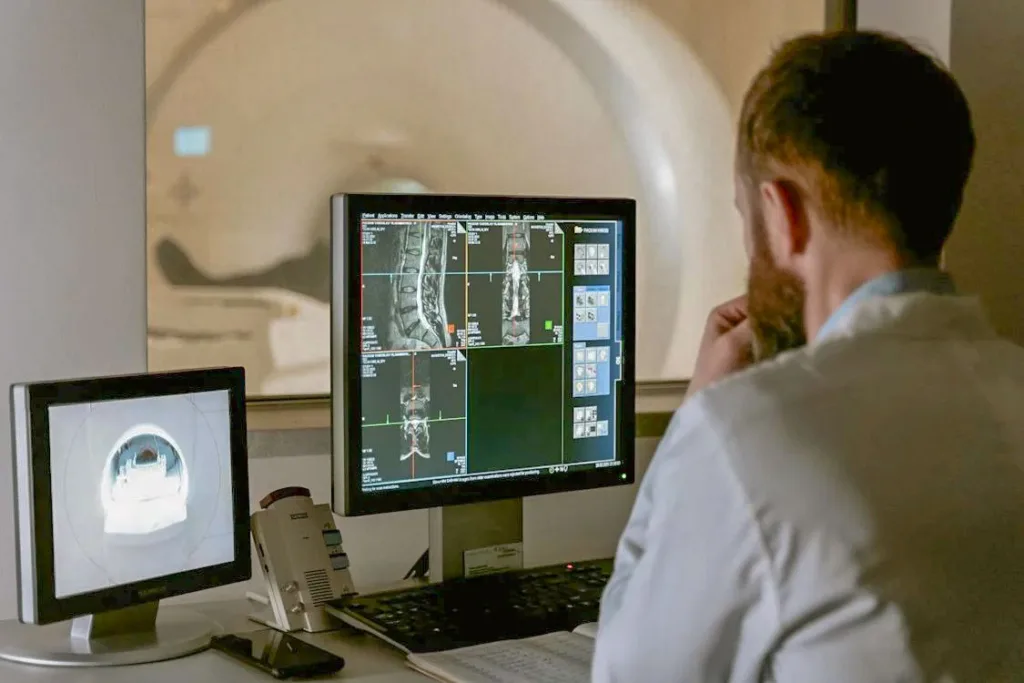Table of Contents
Introduction to Sports and Technology
Sports and Technology go hand in hand. In the ever-evolving landscape of sports, the intersection of technology and athletic performance has heralded a new era of innovation and advancement. From cutting-edge wearables to data analytics platforms, technology is revolutionizing the way athletes train, compete, and analyze their performance. This article explores the transformative impact of technology on sports training and performance analysis, shedding light on the latest trends, tools, and methodologies shaping the industry.

Wearable Technology: Enhancing Athletic Performance
GPS Tracking and Movement Analysis
One of the most significant advancements in sports technology is the widespread adoption of GPS tracking devices, which provide real-time data on athlete movement, speed, and distance covered. From professional athletes to amateur enthusiasts, GPS-enabled wearables offer valuable insights into training intensity, workload management, and performance optimization. By analyzing movement patterns and biomechanical metrics, coaches and athletes can identify areas for improvement, prevent injuries, and maximize athletic potential.
Biometric Monitoring and Health Tracking
In addition to GPS tracking, wearable devices are increasingly incorporating biometric sensors to monitor physiological parameters such as heart rate, oxygen saturation, and sleep quality. By tracking key health metrics, athletes can gain deeper insights into their physical condition, recovery status, and overall well-being. Advanced wearables like smartwatches and fitness bands offer personalized feedback and actionable recommendations, empowering athletes to make informed decisions about training, nutrition, and recovery strategies.
Virtual Reality and Simulation Training
Immersive Training Environments
Virtual reality (VR) technology is revolutionizing sports training by providing athletes with immersive, interactive environments to simulate game scenarios and practice skills. From football quarterbacks to basketball players, athletes can hone their decision-making, spatial awareness, and reaction times in realistic VR simulations. By replicating the intensity and pressure of competition, VR training enables athletes to mentally and physically prepare for game-day situations, ultimately enhancing performance and confidence on the field.
Injury Rehabilitation and Recovery

Beyond training, virtual reality has emerged as a powerful tool for injury rehabilitation and recovery. Physical therapists and sports medicine professionals are using VR-based rehabilitation programs to improve patient outcomes, enhance motor skills, and reduce pain perception. By immersing patients in virtual environments that mimic real-world activities, VR therapy accelerates the rehabilitation process, restores functional mobility, and optimizes recovery from sports-related injuries.
Data Analytics and Performance Analysis
Big Data and Predictive Analytics
The proliferation of data analytics platforms has revolutionized the way sports teams analyze and optimize performance. By leveraging big data and predictive analytics, coaches and analysts can extract actionable insights from vast amounts of performance data, ranging from player statistics to game footage. Advanced algorithms and machine learning techniques enable teams to identify patterns, trends, and correlations, informing strategic decision-making, player recruitment, and game planning strategies.

Video Analysis and Motion Capture
Video analysis software and motion capture technology are invaluable tools for dissecting and analyzing athlete performance. By recording and reviewing game footage, coaches can identify technical flaws, tactical errors, and areas for improvement with precision and clarity. Motion capture technology further enhances performance analysis by tracking body movements, joint angles, and biomechanical parameters in real-time, providing biomechanists and coaches with invaluable insights into athletic technique and efficiency.
Conclusion
In conclusion, the integration of technology into sports training and performance analysis represents a paradigm shift in the way athletes prepare for competition and optimize their performance. From wearable devices and virtual reality training to data analytics platforms and motion capture technology, the possibilities for innovation are limitless. As technology continues to evolve, athletes, coaches, and sports scientists will harness its power to push the boundaries of human potential, revolutionizing the way we train, compete, and excel in the world of sports.
You may want to read further here.


1 thought on “Sports and Technology: Revolutionizing Training and Performance Analysis”